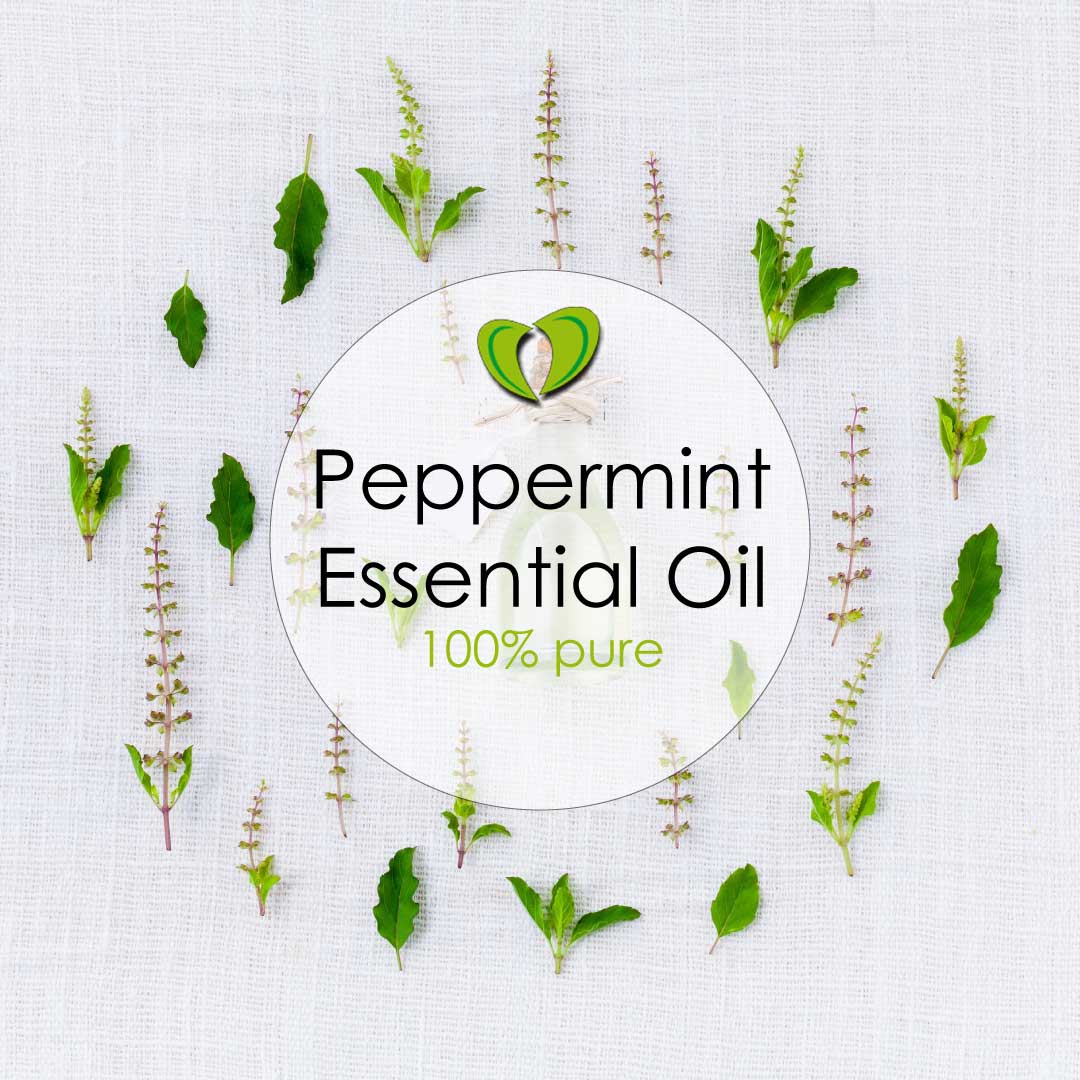

Humans don't likely appreciate serving as a feast for parasitic insects. The parasites may use a bed or bed frame for a hiding place until night comes when they can feed on whoever occupies the sleeping space. The name does present a warning about where bed bugs often live.
#Tea tree oil and peppermint oil for bugs skin
Hosts may suffer skin irritation and other problems after bed bugs feed on their skin. A bed bug is a parasite that feeds on human or animal blood. The name "bed bug" describes these insects' habits but doesn't spell out the harm they cause.

A mix of distilled water and peppermint oil serves as the prime ingredients. Spraying a solution with peppermint oil on a bed and bed frame could keep bed bugs away. Insect Repellent Properties of Melaleuca alternifolia. Any suggestion that this essential oil is safe for ingestion should be disregarded, though, because tea tree oil has been found to cause confusion and weakened muscle control when consumed (even in very low concentrations).ġ – Mohamad Adib Bin Edris et al. This oil is often applied to the skin alone, though this does carry some risk for irritation and dermatitis. This product’s essential oil form is certainly among the most common sold to average consumers, including online. This tree is native to Australia and favors swamp-like conditions, making it difficult to grow one’s own tea tree oil source at home. However, tea tree oil should never be ingested because it is toxic to humans ( 2 ).įorms of Tea Tree Oil and Where to Get ThemĪs noted, tea tree oil derives from the leaves of Melaleuca alternifolia, which is in fact a tree as this product’s name suggests. The Mayo Clinic has found tea tree oil (and its derivatives) to be safe for dermal use, though some risk for irritation is apparent. Safety must also be addressed with regards to tea tree oil. That being said, the preliminary research into using tea tree oil as a mosquito repellant is promising, leaving open room for more follow-up studies on this specific topic. However, with just a study or two to its name, it is challenging to fully endorse it for regular use. Tea tree oil has a fairly storied history when it comes to practical uses, making it obvious why this essential oil, in particular, would gain attention as a natural mosquito repellant alternative.

This same study further found tea tree oil to have toxic effects on certain species of beetles and ants, pointing to its potential potency ( 1 ).Īs for its other medicinal uses, the Mayo Clinic does not currently recognize research on these folk medicinal uses to be conclusive ( 2 ). One 2016 study, for example, found tea tree extracts to contain insecticide and repellant qualities, likely due to a compound, 1,8-cineole, found at low concentrations of its essential oil form. Generally speaking, research to back up any of these claims is preliminary at best and not broadly accepted due to differences in methodology and concentrations of active ingredients. In additional, tea tree oil is claimed to be effective in treating a variety of skin-based afflictions, with everything from dandruff and lice to acne and athlete’s foot included. This oil is used in a variety of cosmetic and folk medicinal products, included some which claim to include mosquito repellant properties. The tree itself primarily grows in swampy areas or beside streams, after which point its leaves are harvested and processed to create tea tree oil. Tea tree oil (also known as melaleuca oil) derives from the tea tree, Melaleuca alternifolia, an endemic foliage found throughout Australia.


 0 kommentar(er)
0 kommentar(er)
